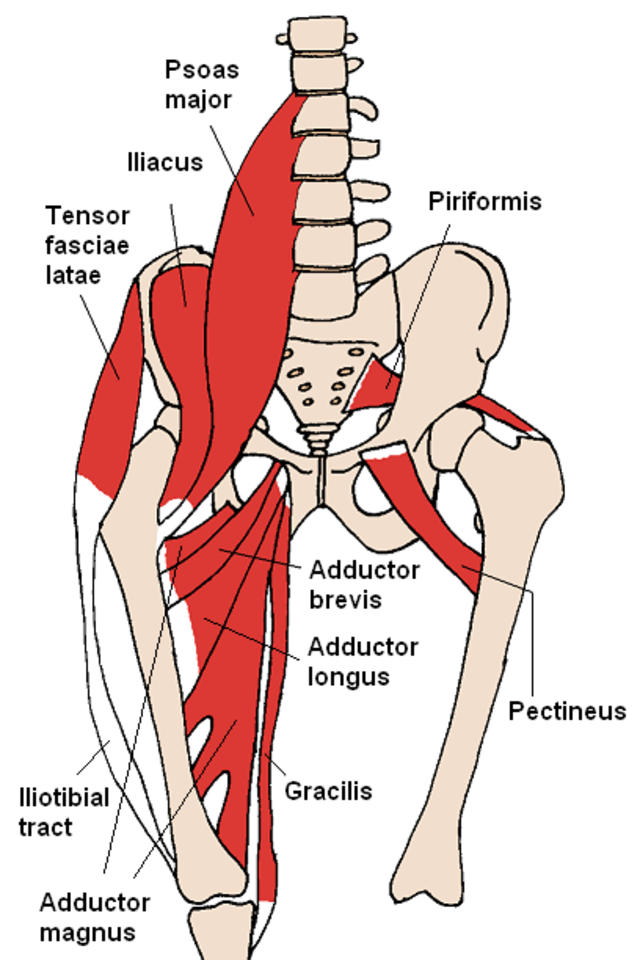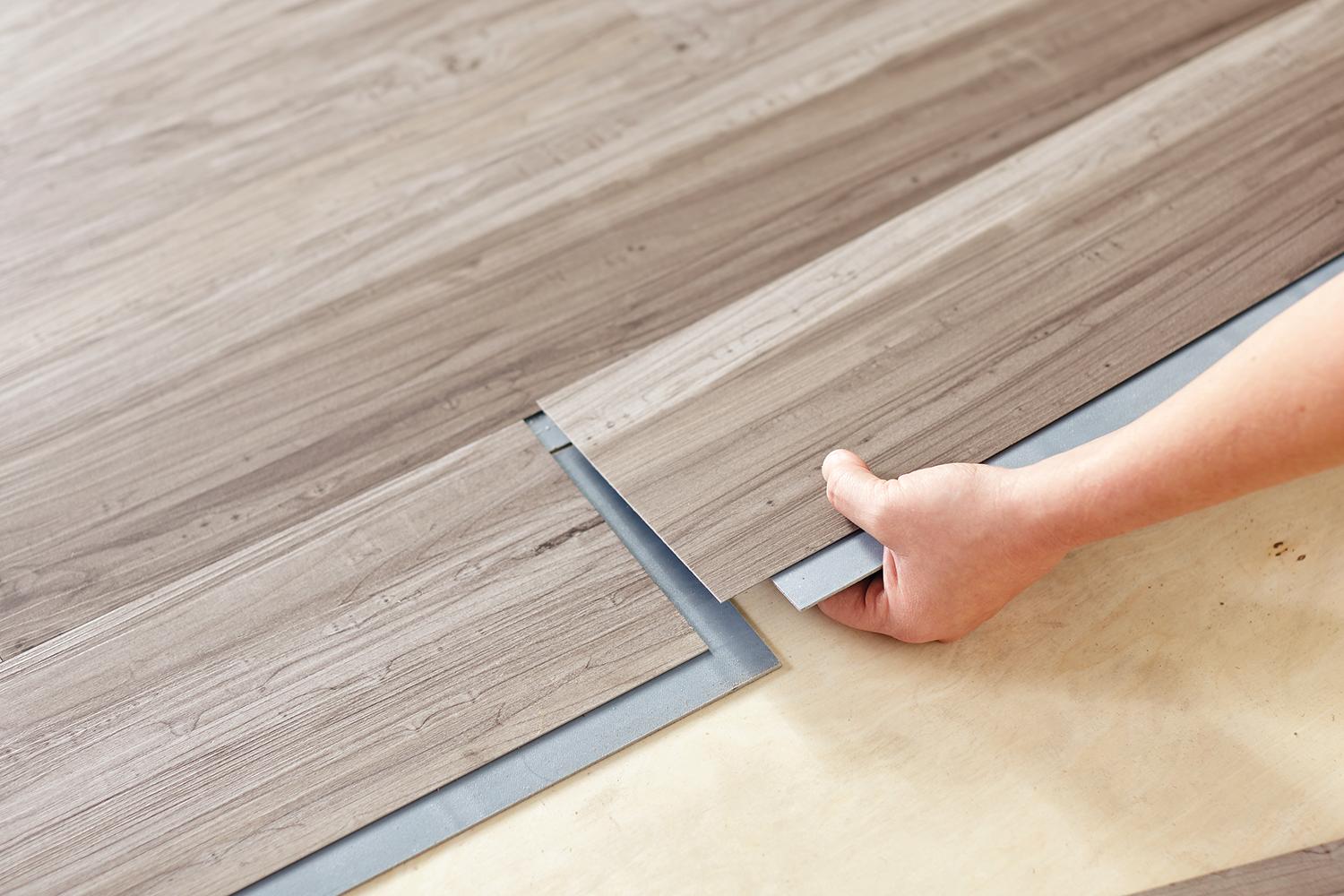Rhythm: We are all born with it
/“I just don’t have rhythm.”
It’s an excuse that I hear all too often.
Without ever even meeting you, I can assure you that you absolutely DO have rhythm. As long as you are a living, breathing human, everything about your body is intrinsically designed to maintain rhythms. I want to prove this to you, using my knowledge of human physiology.
If you take a moment to consider our most basic, primitive functions, you'll realize that rhythms were essential for the survival of our oldest pre-human ancestors. Our heartbeat, our breathing, our sleep patterns, our stride as we walk or run: these functions are repeated multiple times at regular intervals throughout an organisms lifespan. With most of these functions, our body's natural sense of rhythm is so entrained in our very being that we do them completely unconsciously. Some rhythms are even beyond our immediate control.
The saying that “the rhythm is in your heart” is equally scientifically accurate as it is cheesy. A specific clump of cells at the top of the heart (called the sinoatrial, or SA node) has unique properties that makes them distinct from other heart cells. The SA node is tasked with generating an electrical signal at a regular interval, ticking along like a metronome. This electrical impulse spreads throughout the entirety of the heart muscle, producing a synchronized contraction of the muscle – your heartbeat. Each beat of the heart transports oxygenated blood through our entire bodies, and our bodies depend on getting this blood at regular intervals. Your life LITERALLY depends on your heart having an intrinsic sense of rhythm.
While our heart rate is initiated from cells of the heart itself, breathing is a similar autonomic function that occurs subconsciously - until you read this sentence, whereby you immediately became aware of your breathing. In any case, regulation of breathing is under control of the brain stem, which is considered to be one of the most primitive parts of the brain that evolved early in pre-history. Many of these “primitive” brain structures are responsible for just simply keeping us alive. Breathing in oxygen and exhaling carbon dioxide: yet another simple bodily function that depends on having rhythm.
“If you can walk, you can dance.”
-Zimbabwe proverb
Let us distance ourselves from these life sustaining functions, and move further down the spinal cord. Here is where we will find the most definitive proof that we all have rhythm.
Normally, the reflexive actions of our limbs occur only after incorporating feedback from the environment around us, such as when we quickly pull our hand away from the burning hot stove. However, our spinal cord contains special circuits of neurons that allow automatic locomotion EVEN without any input from the outside world. This circuit is called a "central pattern generator." These generators provide an electric signal that drives our walking AUTOMATICALLY, giving a modern medical explanation for the above proverb.
A fascinating study published in 1994 by Calancie et al. observed rhythmic, regular stepping motions in an individual who was paralyzed from the neck down. Although the man did not have the strength to stand on his own, nor the capability to voluntarily move his own legs, the muscles were observed to follow a steady, rhythmic flexing and relaxing pattern that mimics walking.
Like a metronome, our whole bodies are designed to perform almost every function based on a rhythm. Modern medicine KNOWS that you have rhythm - you should know it too.
You may also be interested in:



















